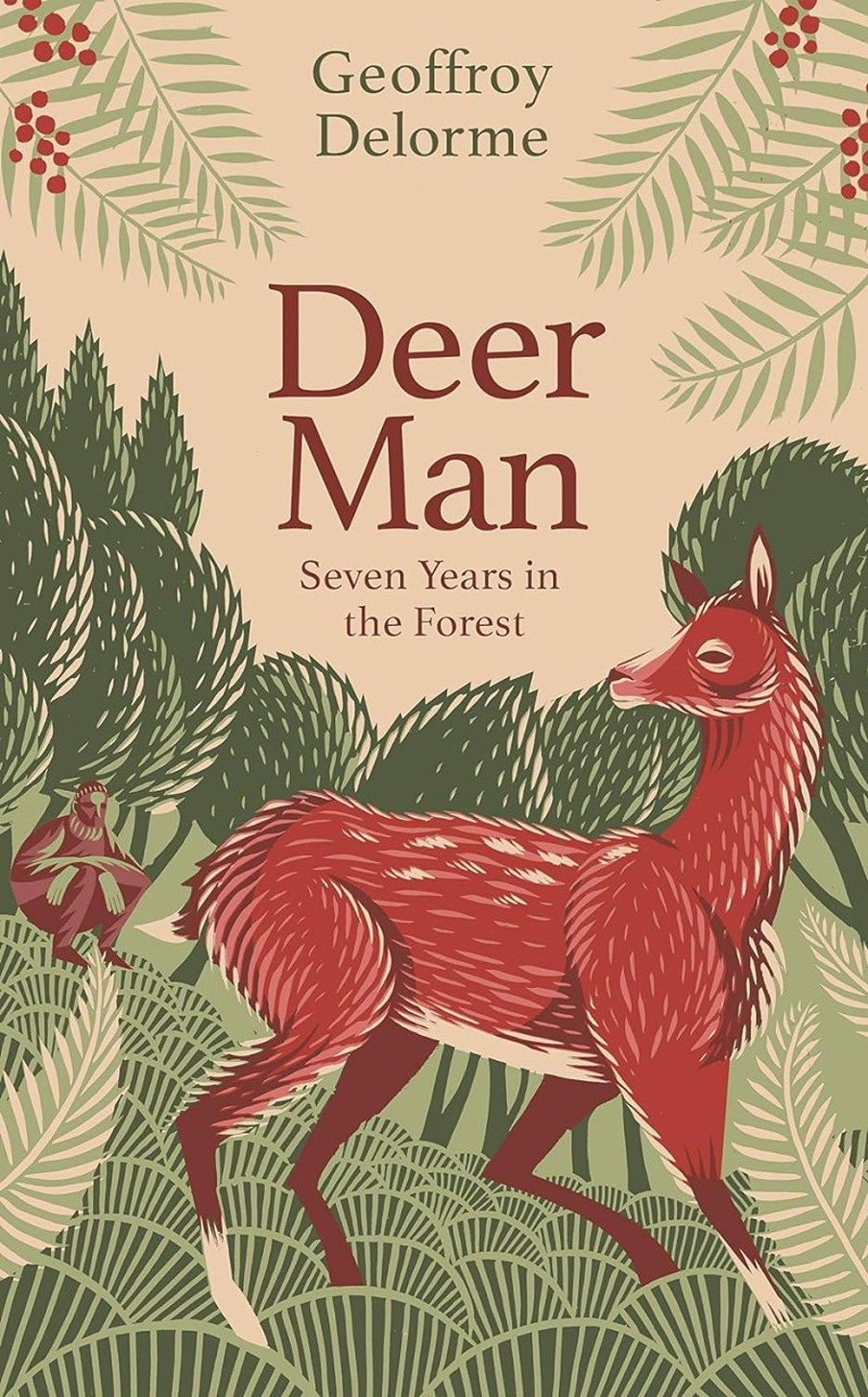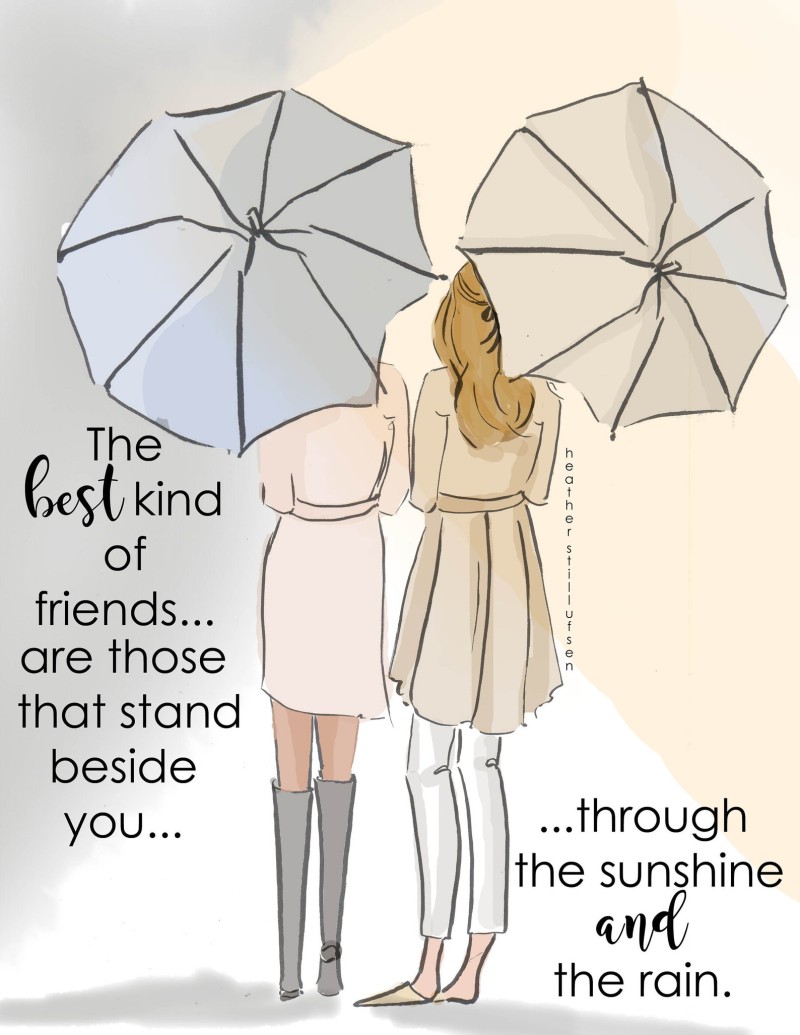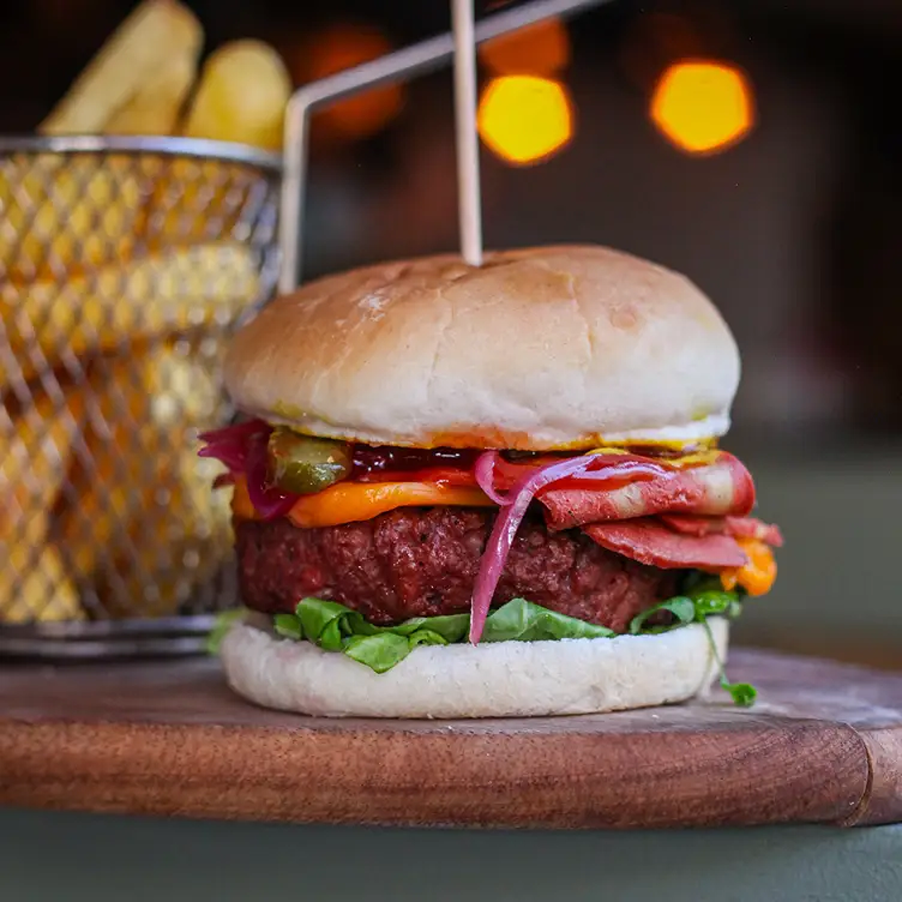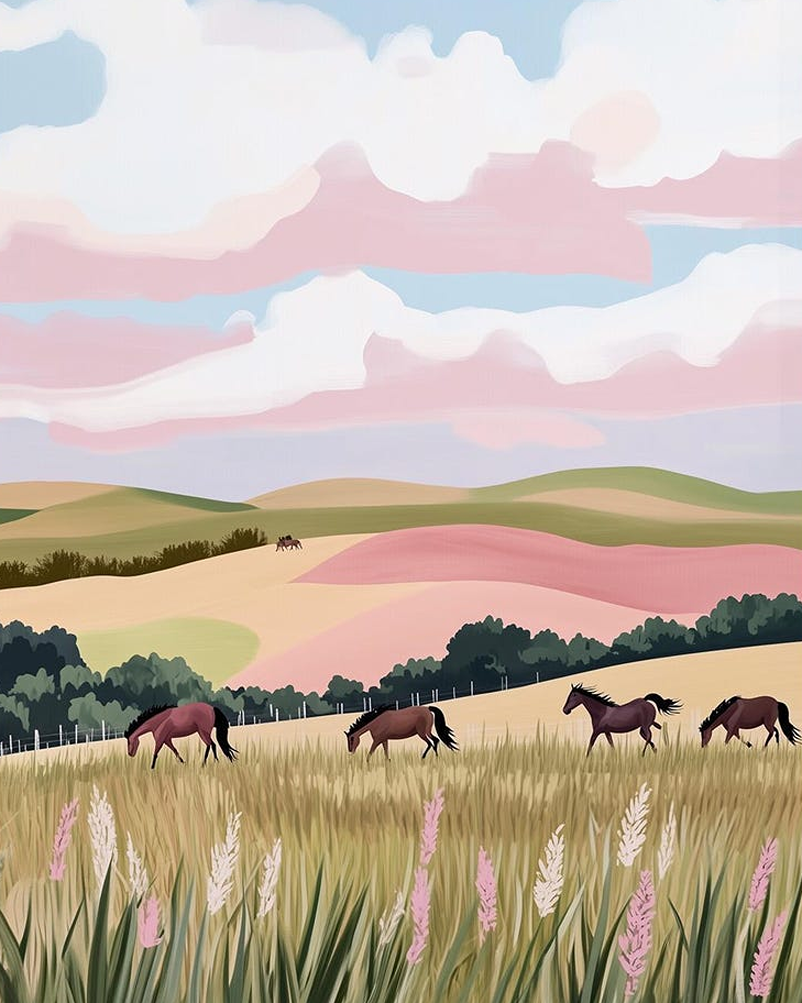Inspiration for Aspiring ‘Happy Hermits!’

Spending time alone doesn’t need to feel lonely or strange. For many, quiet moments at home or off the beaten path bring real comfort and a sense of freedom. The appeal of the ‘happy hermit’ lifestyle is clear—less noise, plenty of personal space, and room to find peace in your own way.
If you’ve ever felt drawn to time alone (even just a little), you’re not alone. Here’s some inspiration to help you tap into that calm, contented way of living, whether you’re seeking a weekend of no plans or a more steady routine.
Celebrate Simple Daily Rituals
Small routines bring comfort and clarity. Morning tea by the window or a nightly walk before bed help set the tone for each day. These quiet anchors provide rhythm without stress.
Many ‘happy hermits’ find joy by repeating these habits, even just pausing to listen to birds in the garden.
Create a Personal Sanctuary
A dedicated space at home can make all the difference. This doesn’t need to be an entire room. It could be a comfy chair, a reading nook, or a spot near a favourite window.
Bring in soft lighting, keep it tidy, and add things you love, like cosy blankets or books. Your little corner becomes a safe space to recharge, dream, or just be yourself.
Explore Hobbies that Soothe
Solo hobbies help pass the hours in the best way. Knitting, drawing, or painting offer hands-on calm. Baking bread or tending to an indoor garden can be meditative too.
Some prefer puzzles, old records, or model trains. The goal isn’t to be perfect but to enjoy the slow, steady focus these hobbies bring.
Embrace the Outdoors at Your Own Pace
Nature provides peace, whether you stroll in the park, sit in the sun, or potter in the garden. Many happy hermits find their best moments outside, away from busy crowds.
Read our posts on pet-friendly gardens and wildlife-friendly gardens.
Try local walking paths, or just enjoy your balcony or back garden. You don’t need grand adventures; even small doses of fresh air clear your mind and lift your spirits.
Take Control of Digital Time
For many, too much screen time brings stress. Happy hermits learn to use digital tools on their own terms – setting phone-free hours, turning off notifications, or enjoying days offline.
This break helps you focus on here and now. You’ll notice more, worry less, and feel in charge of your own day.
Reconnect With Physical Books
There’s nothing like getting lost in a book. Reading pulls you away from noise and hurry. Many happy hermits build a little home library, even if it’s just a shelf or two.
Try mixing old favourites with new finds. Swap books with friends or explore local charity shops for hidden gems.
Treat Cooking as Self-Care
Cooking just for yourself can feel comforting and fun. Take time with favourite recipes or try new ingredients. Happy hermits often enjoy slow, simple meals – think hearty soups, roasted veg, or homemade bread. The act of cooking is as rewarding as the meal itself.
Read our post on food safety for people and pets.
Discover Slow Living
Slowing down is key. Choose what matters most and skip what doesn’t. Limit commitments, stretch out quiet mornings, and say ‘no’ when you need to.
This calm approach helps you focus, recharge, and make space for the things that really matter to you.
Cherish Meaningful Connections
Being a happy hermit isn’t about shutting out the world. It’s about choosing when and how you connect. Letters, thoughtful texts, or the odd catch-up over tea can deepen bonds.
Value the quality of your interactions, not the quantity. This keeps connections gentle and genuine.
George’s Quest for Peace and Quiet!

American writer George wrote his book Zero Decibels, about his quest to find peace. It started when two trains rolled up at once at a New York subway station, the screeching so bad he clamped his hands over his ears.
So he went off round the world, in a search for the quietest place on earth. He thought it would be Antarctica, but in fact there are high winds, screeching albatrosses and lots of ships.
He finally found the quietest place on earth, which was a lab for that purpose in mid-western USA. But you know what? He didn’t like it! He went in and found it was so quiet, he could hear his own pulse. He could even hear the sound of his scalp moving across his head!
This shows that in fact, we don’t want absolute silence. We just want nice sounds: the rustle of wind in the trees, the purr of a cat, the trickle of a river. But not piped music!
It’s Okay to be an Introvert
These days it seems the world and his wife expect you to always be on call, and noisy with it. Years ago, most people were a lot quieter.
There’s nothing wrong with being an extrovert, but things have gone silly with people screaming and whooping all the time, making us easily-overwhelmed sensitive introverts wanting to go crawl under a rock and stay there!
Introverts and extroverts can easily get along, if both respect the other is different. And often it’s the outgoing ones that won’t give introverts the quiet time they need.
Remember back in the day watching Bullseye? The contestants were friendly, but if they won the speedboat or not, you’d never have known. Today if quiz show contestants win a pen, they start screaming and yelling and jumping up and down, in some kind of TV narcissism.
There are serious repercussions for a society that insists everyone be loud. Children are sometimes given medical drugs (which in some cases have caused suicide through side effects) simply to ‘cure shyness’.
Why do you need to cure a child of not being outgoing? Shyness is not an illness, it’s simply an (often charming) personality trait.
Extroverts usually have casual friends, close friends, friends from work, friends from school, friends from that show they did 10 years ago. However I make friends in a different way. Would they want to sit and have a deep conversation with me?
Are they someone I can trust to have my back? Only a few people make the cut. Putting me in a room full of outgoing people is like blasting loud music into my ears. It makes me anxious and miserable. Kim Dresner
Remembering the Lost Art of Silence
The Lost Art of Silence is a unique celebration of silence in art, literature, art and spirituality, and an exploration of its ability to bring inner peace. Silence is often overlooked for its ability to find a quiet place that’s worth discovering.
This book encourages us to pursue a quieter life and invoke the wisdom of great writers, thinkers, musicians and artists. Sarah is a travel writer and painter, who founded the bookshop that was later featured in the film Notting Hill.
One Man Lives Alone for 7 Years (with deer)

Deer Man is the story of a Frenchman who lived alone in a forest for seven years! But he wasn’t really alone, as he makes friends with a herd of deer, who over time, come to trust him.
They even bring him into their clan, play ‘tag’ with him, and tell him where the best food is! This lovely book by a gifted writer gets to the essence of life in the forest.
He talks of mischievous squirrels (who think nothing of ‘throwing pine cones at him’ if he’s blocking their way to food, when sleeping under a tree!)
The author eventually left the forest to ‘speak the truth’ to a world that desperately needs to hear that we should not take nature for granted, but instead work to protect it, and of course also help majestic deer.
Roe deer rest day and night, for one or two hour cycles. I realise that sleeping at night isn’t compulsory, as long as you rest from time to time.
To do that, I crouch down, with my right hand on my left knee and my left hand on my right knee. And my head between my arms.
Geoffroy Delorme is a naturalist and photographer. Deer Man, a bestseller in France, has been translated into eleven languages. He lives in Normandy.
Discover the Delights of a ‘Mountain Bothy’

A bothy is the Scottish term for a small mountain hideaway, likely where real hermits used to live. We had our own in England (many like St Cuthbert would spend years on end holed up on Lindisfarne in Northumberland.
Bothy is a stirring beautiful book, to discover your inner hermit. An ideal read for anyone who longs to ‘run to the hills’, a bothy door is always unlocked.
There is no electricity or running water, so you’ll have to take a tea kettle, to make a cuppa!
The author reveals the history of these wild mountain shelters, and the people who visit them. Then takes us a local tour of bothy shelters, with an historian’s insight and rambler’s imagination.
Kat Hill used to work as an academic in London, and now runs community rewilding courses in Scotland.
An intelligent & thoughtful book that will have you reaching for your boots. Cal Flyn
The ‘Hermit’ Responsible for Climate Science

The Snow Man: A True Story tells the tale of the man who lived along in the mountains for years, his only companions being a pine marten and a skunk. But his hobby of measuring snowfall led to the global understanding of climate change.
After seeing that the snow was arriving later and melting soon, he shared his records with a local scientist, who shared them on. And today his measurements are used by climate scientists worldwide.
Other ‘Happy Hermits’

The Way of the Hermit is the story of Ken, who has spent 40 years living alone in the Scottish Highlands, with no electricity or running water. He lives in a log cabin, chops his own wood and brews his own tipple.
Raised in Derbyshire, he was inspired to become the Hermit of Loch Treig, after travelling in the Yukon. Reading old diary entries, he reflects on why he turned his back on society, and lived a life in nature instead.
Deep Country is a mesmerising account of Neil, who spent 5 years living alone in a hillside cottage in Wales. Summer and winter, with no transport or phone.
Often he did not see another soul for weeks, so found hidden places to call his own. He immerses himself in the rugged British landscape, and explores the unspoilt wilderness around him.
The Story of the ‘North Pond Hermit’
In the US, Christopher Wright is known as the ‘North Pond Hermit’. He went missing in 1986 and lived as a hermit in the wilderness (stealing food from nearby cabins, and drinking melting ice to survive).
He only saw 2 people in 27 years, but returned to society, when arrested during a burglary.
Now repenting for his ways, he lives quietly in rural Maine. When asked if he had spoken to anyone during his almost-30 years of solitude, he said that he had exchanged the word ‘hi’ with a hiker once!
Living By The Sea (in a Campervan)

The Happy Nomad is an inspiring memoir of a Yorkshire woman who breaks free from her turbulent past, mountain debts and nine-to-five treadmill, to live full-time in her beloved campervan.
Free from the burden of a 30-year boiler on the edge, temperamental ceilings (that don’t like heights) and letterboxes that allow bills and arrest warrants through, she finds joy in a life closer to nature.
Stripped back to the basics and no longer weighed down by material possessions, Charlotte discovers the precious gift of time, to connect with both herself and others.
Charlotte Bradman is a wild swimmer, mountain rambler and coastal hiker. She has lived in tents, sheds, caravans and campervans for most of her life. A survivor of domestic abuse, she is now a qualified mindfulness therapist, who supported nursing teams during the pandemic.
After amassing huge debts in her 20s after buying a house that was repossessed, she then go depressed renting a flat with mould and broken central heating. So she got rid of most of her stuff and moved to a campervan, where is much happier!






